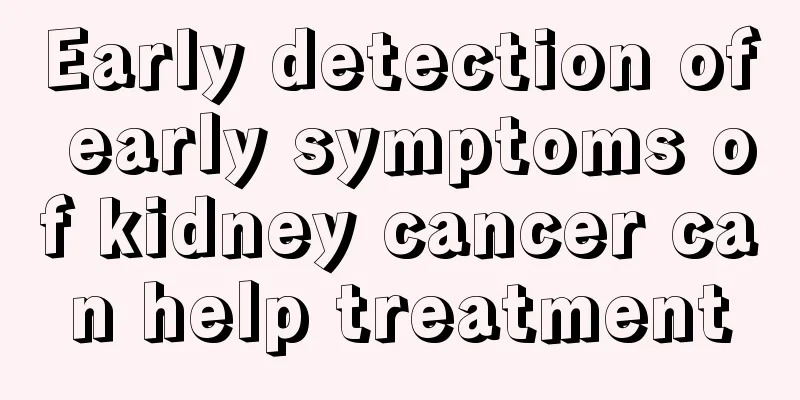How much do you know about the early symptoms of tracheitis?

|
Tracheitis can be acute or chronic, especially chronic tracheitis. Everyone should be aware of its early symptoms. Generally, its onset is very slow and the course of the disease will last for a long time. If these symptoms are found, treatment must be sought as soon as possible without delay. 1. Symptoms often develop slowly and the course of the disease is long. Some patients have a history of acute respiratory infections such as acute bronchitis, influenza or pneumonia before the onset of the disease, and develop this disease due to prolonged illness. The main symptoms are chronic cough, sputum production and shortness of breath or wheezing. Symptoms are mild at the beginning, but as the disease progresses, acute attacks become more frequent and symptoms become more severe due to repeated respiratory tract infections, especially in winter. 2. Signs: There are usually no abnormal signs in the early stage, or scattered dry and wet rales can be heard at the bottom of the lungs. The rales may disappear after coughing and expectoration. During the acute attack period, the number of lung rales may increase, and the number depends on the condition. Patients with chronic bronchitis and asthma may experience widespread wheezing and prolonged exhalation during acute attacks. Patients in the late stage often have signs of emphysema due to concurrent emphysema; see the section on obstructive pulmonary emphysema. III. Classification and staging (1) Classification: According to the 1979 National Chronic Bronchitis Clinical Professional Conference, chronic bronchitis is classified into: ①Simple type: manifested by symptoms of cough and sputum. ② Wheezing type: meets the diagnostic criteria for chronic bronchitis, has wheezing symptoms, and frequent or multiple wheezing sounds. (Currently, most people believe that this type should be considered chronic bronchitis combined with asthma). (2) Stages: The disease can be divided into three stages according to its progression: ① Acute attack period: refers to the appearance of purulent or mucopurulent sputum within 1 week, a significant increase in sputum volume, or accompanied by inflammatory manifestations such as fever, or a significant aggravation of any of the symptoms of cough, sputum, and wheezing. ② Chronic protracted period: refers to patients with varying degrees of cough, sputum, and wheezing symptoms that persist for more than 1 month. ③Clinical remission period: After treatment or natural relief, the symptoms basically disappear or there is occasional mild cough and small amount of sputum, which lasts for more than 2 months. |
<<: What is the cause of back pain? Men have back pain
>>: How to treat high thyroid stimulating hormone?
Recommend
Substandard bedding causes bladder cancer? This type of dye is a strong carcinogen
Many people doubt the safety of textile products ...
Methods for early diagnosis of esophageal tumors
There has been great progress in the research of ...
How to clean scale on bathroom glass
The bathroom is a very important place in people&...
Is there a high chance that rhinitis will turn into nasopharyngeal cancer? What are the symptoms of nasopharyngeal cancer?
Is it very likely that rhinitis will turn into na...
What causes alopecia areata? Be careful about heredity
Alopecia areata, also known as ghost hair loss, i...
If your eyes are inflamed, you can usually recover by doing these things
Eyes, as windows to the soul, play a very importa...
Microwave baked yam
Microwave ovens can also be used to bake yam. In ...
Glucose hydrochloride takes effect
As we age, our physical health will decline, espe...
Is it good to use sweat steam as a facial mask?
Sweat steaming is a new way of health preservatio...
How to sober up after being drunk, pay attention to the method
Nowadays, people have a wider social life, and if...
How do patients with gastric cancer determine their treatment options?
Gastric cancer patients have the following treatm...
What can I drink to prevent colds?
I believe everyone is familiar with colds. Whethe...
What is the best effect achieved after radiotherapy and chemotherapy for stage 2B cervical cancer
Most patients survive within 1-2 years, and those...
What harm does the battery do to the human body
Batteries facilitate people's travel and elec...
What to do if you vomit blood in the late stage of gastric cancer? Timely treatment
In the late stage of gastric cancer, bleeding is ...









